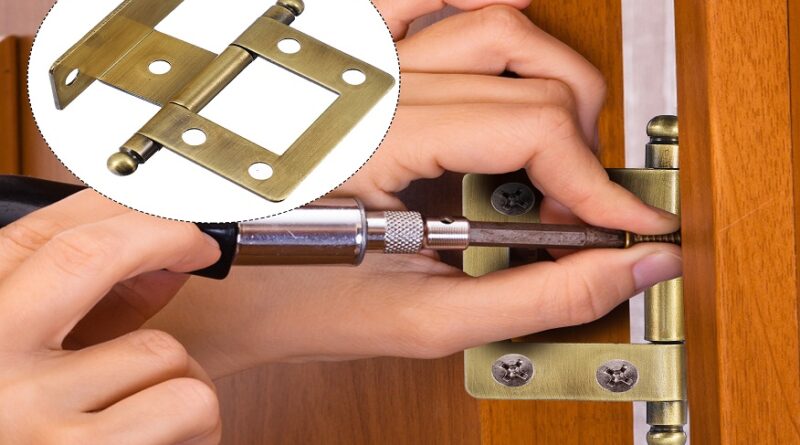How Friction Hinges Improve Safety in Heavy Machinery
Often called torque hinges, friction hinges use friction to hold a door, lid, or panel open. These hinges come in different shapes, sizes, and amounts of friction strength. They commonly hold doors or access panels on cabinets, laptop computers, electronic enclosures, and heavy machinery. Torque hinges can also be customized for specific applications.
Material
Friction hinges are made from durable metals that can withstand the force and pressure they are subjected to. They are also resistant to corrosion and can withstand harsh weather conditions. These hinges can be oiled to ensure they work smoothly. They also need to be maintained and checked regularly for defects. Hinges may need to be replaced when they are worn down. Stainless steel is one of the most common materials used for friction hinges. It is a combination of iron and various alloys that increase its strength, durability, and resistance to corrosion. It is often used for industrial purposes and in food processing applications. The preferred embodiment of the friction hinge includes a shaft and a single sheet metal part that serves as both the bearing support for the shaft and the friction band. It has a set screw that allows the friction torque to be adjusted. It also eliminates spring back and wobbling and has limited free play.
Design
Torque or friction hinges provide constant resistance to the pivoting motion. The amount of friction generated can be varied through design choices to meet specific requirements for the application. Several torque hinges include curl, disc, and pipe friction structures. Friction hinges are engineered with precise tolerances between the mechanical components to ensure they function for their expected life span. Extra material such as springs and lubricant is often used to achieve the desired resistance level or damping to the hinge movement. The type of metal used is crucial to the performance of a hinge, particularly in acidic or hostile environments. Manufacturers typically stipulate where and how a hinge can be installed, with advisory statements regarding environmental conditions such as temperatures, chemical exposure, and corrosion. The strength of a hinge’s resistive torque is essential and must be greater than the force exerted on the hinge.
Installation
The torque strength is the main factor determining how long a friction hinge lasts. The hinge should be able to hold the load expected to support its entire lifespan, which is usually measured at 30,000 cycles. Friction hinges can be manufactured with different torque strengths depending on the requirements of a particular application. For example, bi-stable friction hinges resist pressure from both sides and are ideal for doors, lids, or access panels in machinery or electronic devices. These hinges prevent spring back, hard slamming, and unexpected equipment closure. They also allow easy opening of the door or window and are available in a range of specifications, mounting positions, and features. To get the best results, choose a friction hinge with a torque equal to or slightly above the expected value for your application. Avoid using hinges designed to handle greater loads than their rated values, which can lead to premature wear and damage.
Maintenance
Many people may not realize it, but friction hinges can easily maintain. Keeping the hinge channel free of debris and lubricating it regularly with light machine oil can help a hinge last long. Nico friction hinges are also less likely to rust than other hinges, which can shorten the lifespan of the product it is installed in. Torque strength is another important consideration when choosing a friction hinge. The hinge needs to be strong enough to resist the amount of torque it will see in a given application. This is why it’s essential to test a hinge for its maximum resistance before it is used in the field. Some hinges can be custom designed to meet specific torque requirements. These custom designs include one-way hinges that provide resistance in only one direction, two-way hinges with equal damping in both directions or a combination of both. A spring back mechanism is also sometimes included in the design to prevent a hinge from flexing too far.

